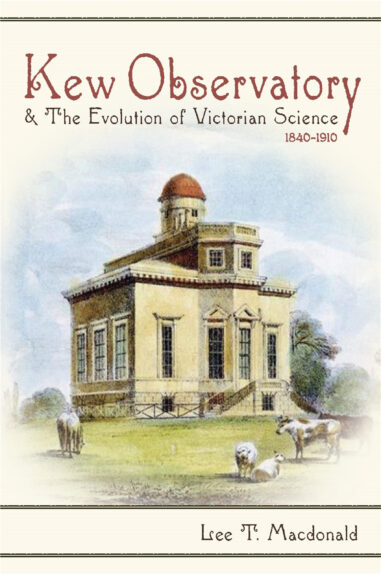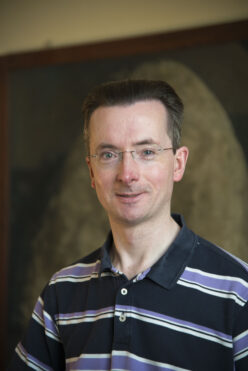
Hardcover $60.00
Request Exam or Desk Copy. Request Review Copy
Kew Observatory and the Evolution of Victorian Science, 1840–1910
This book offers a major corrective to the current literature as it stands by challenging the idea that the end of the nineteenth century represents a period when state-supported science triumphed over the laissez-faire attitude of the earlier part of the same century. Lee Macdonald provides us with a new perspective, one that enhances not just the richness of the period but also the historical actors involved and, of course, the institution that Kew Observatory was.

